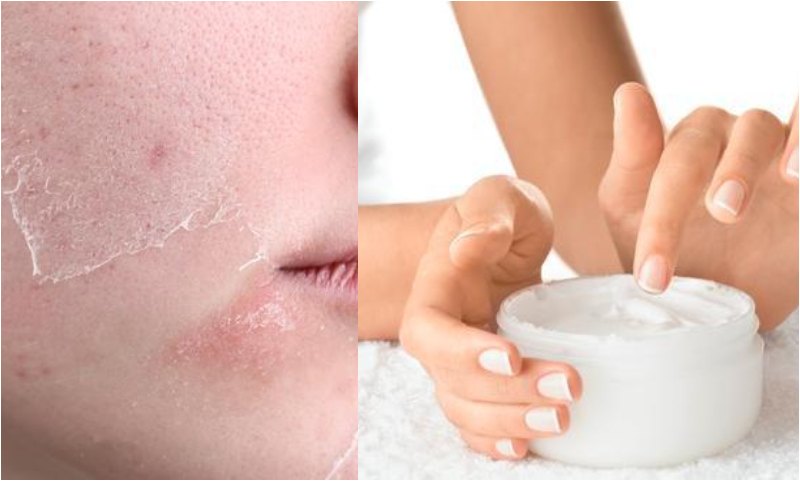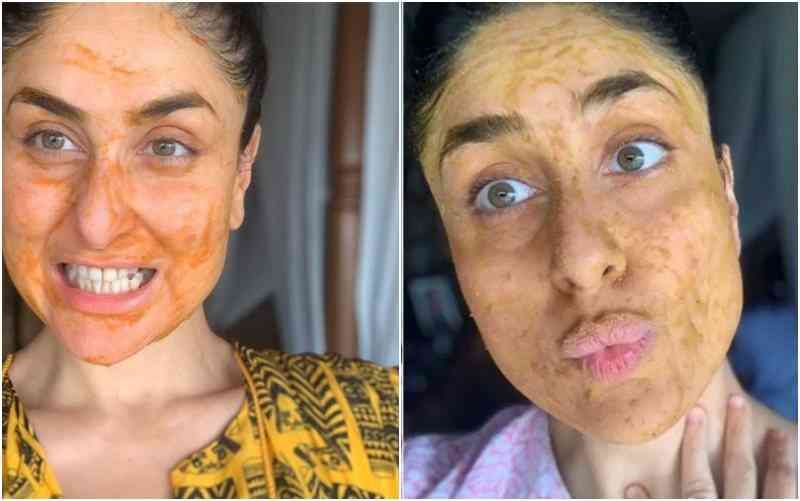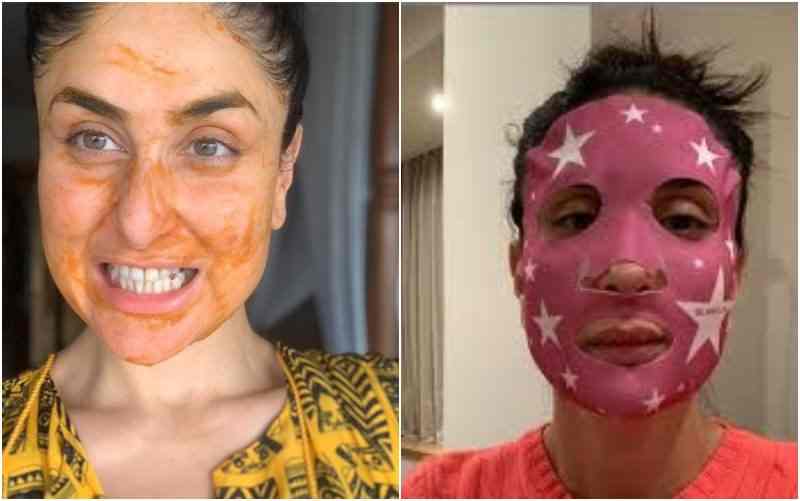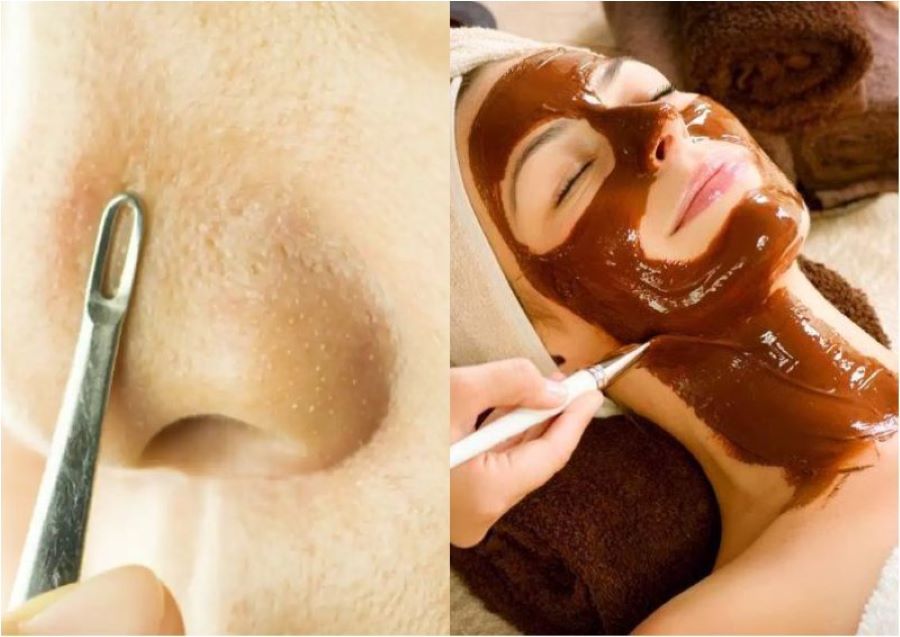The shocking demise of 19-year-old Suhani Bhatnagar, who portrayed the role of young Babita Phogat in the blockbuster movie “Dangal,” starring Aamir Khan, has stunned everyone. Initially, there was no clarity about the cause of death, but Suhani’s parents later disclosed that the young actress passed away due to complications arising from a rare disease called “dermatomyositis.” At the time of her passing, she was in the second year of her graduate course, studying journalism and mass communication.

Suhani was admitted to AIIMS and received treatment starting from February 7, but unfortunately, she passed away on February 16. Her young age and sudden demise have raised concerns about this rare disease, prompting people to seek more information about it. According to an article published in Pubmed Central, titled “Juvenile Dermatomyositis: New Insights and New Treatment Strategies” – juvenile dermatomyositis (JDM) is a potentially life-threatening autoimmune disease of childhood, primarily affecting proximal muscles and skin.(https://www.ncbi.nlm.nih.gov/pmc/articles/PMC3383527/),
Just two months prior to her passing, her parents recollected that Suhani Bhatnagar had developed a red spot on her hands, initially dismissed as an allergic reaction but left undiagnosed. Upon admission to AIIMS, she was diagnosed with dermatomyositis and treated with steroids, as reported by her parents.
During treatment, she contracted an infection in the hospital and was put on steroids. Consumption of steroids weakened her immune system. As the infection and inflammation progressed, excess fluid accumulated in Suhani’s body, damaging her lungs and necessitating ventilation. Despite efforts, she did not recover and eventually succumbed to her illness.
Continue reading to learn about the early signs and symptoms of this rare disease, affecting only 13 in 100,000 people, and what steps you should take if you suspect being affected by it.
What is Dermatomyositis – The Disease That Affected Suhani Bhatnagar?
Dermatomyositis is characterized by progressive muscle weakness and development of skin rashes. (https://www.ncbi.nlm.nih.gov/pmc/articles/PMC10542346/). While this disease can show up at any age, it predominantly affects individuals in the age range of 50 to 70.
Common Symptoms of Dermatomyositis:
According to an article published in Cleveland Clinic, it’s a rare disorder that affects around 1 in 100,000 people every year and the common symptoms seen are:
1. Red/purple skin rashes that could be itchy and painful most commonly on the eyelids, chest, knuckles, elbows, knees, toes, etc.
2. Swelling of upper eyelids.
3. Rough, dry, and scaly skin.
4. Stiff joints or joint pain.
5. Muscle weakness.
6. Bumps on knees or elbows.
How Can Dermatomyositis Be Diagnosed?
There are various tests to confirm dermatomyositis and a doctor may recommended one or more of these tests to confirm the disease:
1. MRI (Magnetic Resonance Imaging): It’s a non-invasive diagnosis to scan the internal organs, tissue, bones, etc., producing high resonance imaging of the body helping to diagnose whether there’s inflammation in the muscles, which is usually the case with dermatomyositis.
2. Blood Tests: Complete blood analysis including the level of muscle enzymes that are released during muscle damage and inflammation markers are done.
3. Skin Biopsy: Skin and muscle biopsies are usually performed to determine infection, inflammation and damage to the muscles and skin.
What Triggers Dermatomyositis?
The medical community hasn’t identified the exact cause of dermatomyositis, but it’s believed that potential triggers include genetic factor, issues with the body’s immunity or an infection. Some people who have certain types of cancer may also develop this condition.
What To Do When Suspecting Dermatomyositis?
If you suspect dermatomyositis or have any of the above symptoms, it’s crucial to promptly reach out to your doctor and diligently adhere to their recommended medical guidance.
For more information, please revisit us.
















































































































